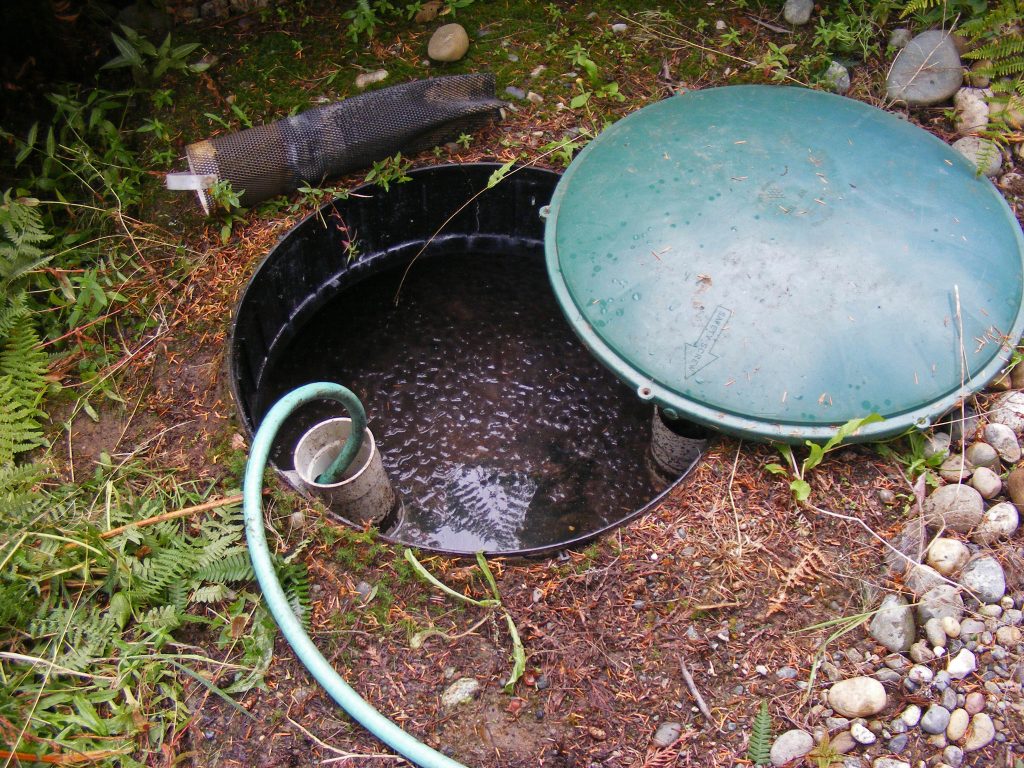Septic Tank Cleaning

The better you take care of things, the longer they last, as with most things in life. There’s no exception to a septic tank. With more than one in five households using a septic system in America, it is important to understand how to manage them properly.
Septic tanks can be a great way to save money and remove wastewater from your property. Yet tanks need to be tested periodically to perform properly. It may need to be tested more regularly if your system is more robust or has mechanical elements. Check your system’s information to see the guidelines on the frequency of Septic Tank Cleaning.
We wanted to take a minute to teach you what you need to know about cleaning septic tanks— and how to avoid putting at risk the health of your family and the world.
How often is it necessary to clean a tank?
Most homeowners start by asking how often their tank needs to be cleaned. The response is it depends on it. On average, every two to three years a household system should be inspected and evaluated for cleaning. Nevertheless, septic cleaning will depend on these factors:
- how many people live in your home
- The amount of sewage produced
- The size of your septic tank
Things like having a device too small for your property or improper use of water in the household will require more regular cleaning.
We will check the device for any leaks or clogs when a septic service provider comes to your house. They will then weigh the layers of scum and sludge in your tank to decide if a cleaning is needed. General guidelines are that if the bottom scum layer is within 6 inches of the protective outlet of the septic or if the top of the sludge layer is within 12 inches, the tank must be drained.
Be sure to ask your service professional for detailed visit records so you can keep track of the level of waste and get a better idea of how often your tank needs to be emptied.
How can I extend the time between cleaning the septic tank?
Would you like to extend the cleaning of the septic tank? Check your statement on the operation. This can shed light on the amount of water usually used by your household. By limiting the amount of sewage entering it at one time, increasing water quality will improve the way the system works. Less pressure on your tank means less risk of failure and more cleaning time.
Simple ways of minimizing water usage include installation of high-efficiency toilets and showerheads Repairing leaks and drips Spreading washing machine use Make sure all waste products are properly disposed of. Keep in mind that whatever finds its way down your drains will affect the maintenance schedule of your septic system.
Can I handle my own septic cleansing?
It’s probably not the best idea to try to tackle the septic system on your own. Any pumped material must be contained in containers and disposed of in compliance with strict federal regulations. The slightest mistake can result in severe health hazards.
Daily septic tank cleaning cycles can save you money by avoiding costly repairs, preserving the value of your property, and ensuring that you and your loved ones remain healthy. Call a septic specialist or Spring Septic to take the right steps to care for yours today.